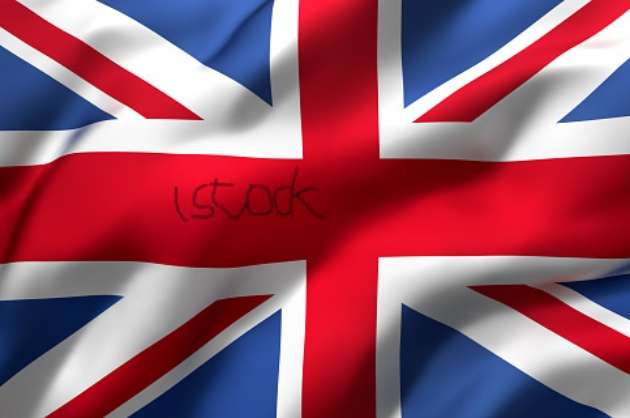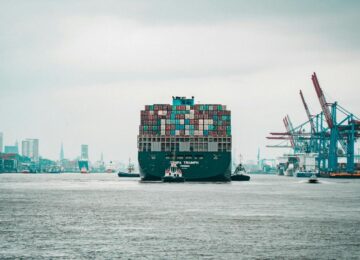Anupama Nair
Is it really the end of the great British Empire the empire that ruled one sixth of the world or as has the sun really set on “the great empire where the sun never sets”? Let me take you on a journey of nearly five centuries between Queen Elizabeth I under whose rule the Empire started and the late Queen Elizabeth II, who recently passed away in September this year.
The rise of the British Empire can be traced to the reign of Queen Elizabeth I, who gave the East India Company a royal charter in 1599, that gifted them monopoly over all English trade in the world. The Empire was a worldwide system of dependencies, colonies, protectorates, and other territories which over a span of three centuries were brought under the rule of the Crown and the administration of the British government. Great Britain made its first efforts to establish overseas settlements in the 16th century. Maritime expansion, was driven by commercial ambitions and by competition with France, that accelerated in the 17th century and resulted in the establishment of settlements in the New World – North America and the West Indies.
The East India Company soon established trading posts in India in 1600, and the Straits Settlements i.e., Penang, Singapore, Malacca, and Labuan became British through an extension of the company’s activities. The first permanent British settlement in the African continent was made at James Island in the Gambia River in 1661. Slave trading had however, begun earlier in Sierra Leone, but they did not become a British possession until 1787. Britain captured the Cape of Good Hope in 1806, and the South African interior was opened up by Boer and British pioneers under the British control.
The formation of the empire was seen as an unorganized process based on ‘piecemeal’ acquisition. In the 17th and 18th centuries, the Crown exercised control over its colonies chiefly in the areas of trade and shipping. In accordance with the mercantilist philosophy of the time, the colonies were regarded as a source of necessary raw materials for England and were granted monopolies for their products, such as tobacco and sugar, in the British market. In return, they were expected to conduct all their trade by means of English ships and to serve as markets for British manufactured goods.
The Navigation Act of 1651 and many following acts set up a closed economy between Britain and its colonies and all colonial exports had to be shipped on English ships to the British market, and all colonial imports had to come by way of England. This arrangement lasted till the combined effects of the Scottish economist Adam Smith’s Wealth of Nations published in 1776, and the loss of the American colonies in July that year, and the growth of a free-trade movement in Britain slowly brought it to an end in the first half of the 19th century. The slave trade was important to Britain’s colonial economy in the Americas, and it became an economic necessity for the Caribbean colonies and for the southern parts of the future United States. Slavery ended in in British colonies long before the similar movement in the United States, where the trade was abolished in 1807.
The British military and naval power, under the leadership of great men such as Robert Clive, James Wolfe, and Eyre Coote, gained for Britain two of the most important countries in its empire namely Canada and India. Fighting between the British and French colonies in North America was widespread in the first half of the 18th century, however, the Treaty of Paris of 1763, which ended the Seven Years’ War also known as the French and Indian War in North America, made Britain dominant in Canada. In India, the East India Company was attacked by the French Compagnie des Indes, but Robert Clive’s military victories against the French and the rulers of Bengal in the 1757 provided the British with a massive accession of territory and ensured their future supremacy in India.
The loss of the 13 American colonies in 1776 was compensated by new settlements in Australia from 1788 and by the spectacular growth of Ontario after the emigration of loyalists from the United States. The Napoleonic Wars provided further additions to the empire and the Treaty of Amiens in 1802 made Trinidad and Ceylon British territories, and in the Treaty of Paris France handed over Tobago, Mauritius, Saint Lucia, and Malta. Malacca joined the empire in 1795, and Sir Stamford Raffles acquired Singapore in 1819. Canadian settlements in Alberta, Manitoba, and British Columbia increased the British influence in the Pacific, while further British conquests in India brought in Agra, Ayodhya, Central Provinces, East Bengal, and Assam.
New Zealand became a British colony in 1840, after which systematic colonization increased. Then British control was extended to Fiji, Tonga, Papua, and other islands in the Pacific Ocean, and in 1877 the British High Commission for the Western Pacific Islands was created. After the Revolt of 1857, the British crown assumed the rule of the country. It’s conquest of the Punjab and of Baluchistan provided substantial new territory in the Indian subcontinent.
A select group of nations within the empire, with substantial European populations and long experience of British forms and practices, was often referred to as the British Commonwealth. The demands and stresses of World War I and its aftermath led to a more formal recognition of the special status of the dominions. When Britain had declared war on Germany in 1914, it was on behalf of the entire Empire, the dominions as well as the colonies. But after the World War I ended in 1918, the dominions signed the peace treaties for themselves and joined the newly formed League of Nations as independent states equal to Britain. In 1931 the Statute of Westminster recognized them as independent countries “within the British Empire, equal in status” to the United Kingdom. The statute referred specifically to the “British Commonwealth of Nations.” When World War II broke out in 1939, the dominions made their own declarations of war.
However, by the time Queen Elizabeth II’s accession to the throne, the sun for the “empire where the sun never sets” had already begun to set. In 1952, when Elizabeth became the Queen, Britain controlled more than 70 territories across the world, most of which were freed from colonial rule in the coming decades. India, the ‘jewel in the crown’ of the British empire had already achieved independence in 1947. In 1952, both the Egyptian Revolution and Mau Mau revolt in Kenya sought to end British occupation. The 1956 Suez crisis which led to Egypt’s control of the Canal and withdrawal of British and French troops, further paved the end of Great Britain’s supremacy in the world.
From 1945-1965, the number of people living under British colonial rule had reduced from 700 million to a paltry 5 million. The last significant British colony, Hong Kong, was returned to the Chinese in 1997. By then, virtually nothing remained of the Empire. The Commonwealth, however, remained a remarkably flexible institution. So, we can say, the sun of the empire has set by the time of death of the Queen!.




























